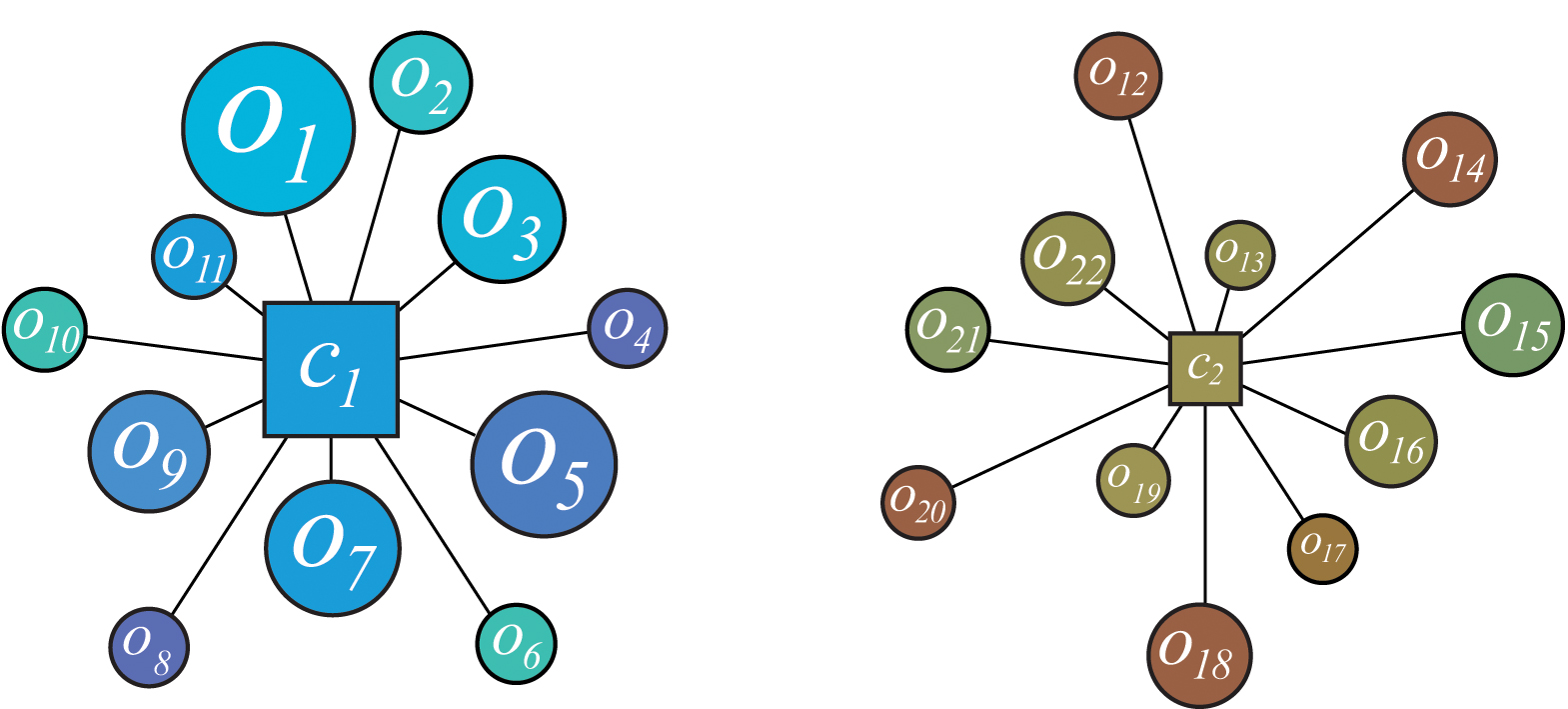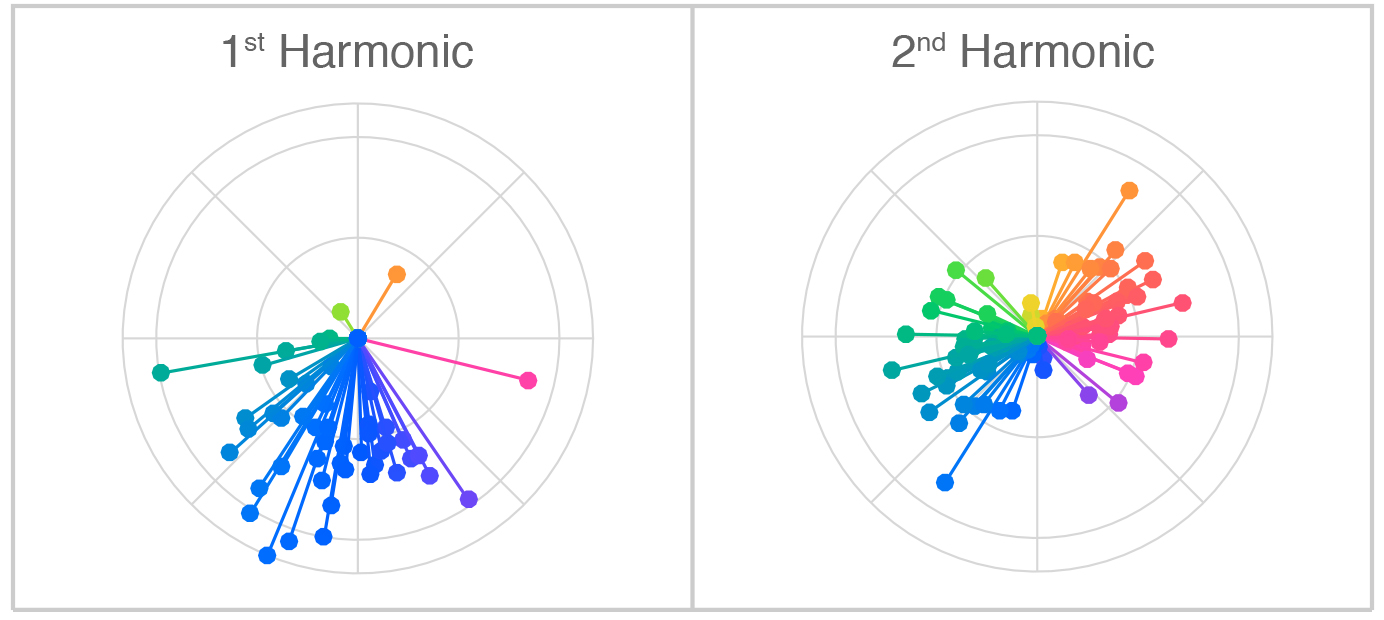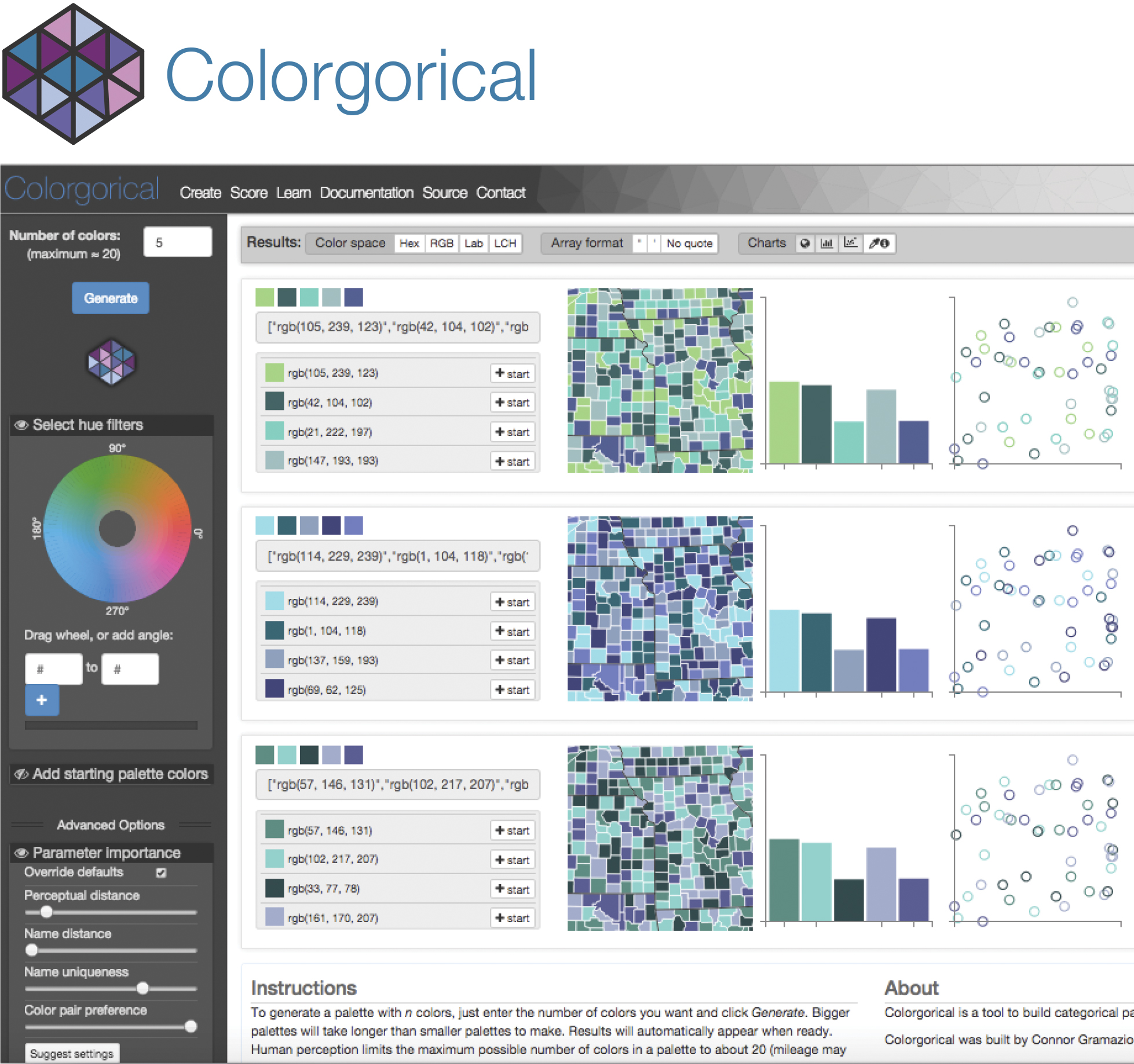Explaining color preferences

Why do people have color preferences? How are color preferences formed, and why do they change over time? According to the Ecological Valence Theory (EVT), preference for a given color is influenced by preferences for all concepts associated with the color (Palmer & Schloss, 2010). People like colors that, on average, remind them of things they like, and they dislike colors that remind them, on average, of things they dislike. Within the Color Inference Framework (Schloss, 2018), the EVT account of color preferences can be described as a “pooling” operation on the color-concept association network. Preference for all concepts associated with a color are pooled to produce a summary preference, which is used to determine preference for the color.
The EVT provides a unified account for why color preferences differ between individuals and change over time (Schloss & Palmer, 2017). Preference for a given color is calculated for a given individual at a given moment in time depending on (a) which concepts are associated with that color (differential object-association hypothesis), (b) the relative preferences for concepts associated with that color (differential valence hypothesis), and (c) the degree to which different concepts are activated in the individual’s mind (differential activation hypothesis). Evidence supporting these hypotheses comes from studies on individual differences, cultural differences, priming effects, and seasonal changes.
Describing and predicting patterns of color preferences

What are effective ways to describe patterns of color preferences? How can we predict people’s preferences for colors they haven’t judged? The EVT is helpful for explaining the origins of color preferences, but other methods are more efficient for describing and predicting patterns of color preferences. We explored different color space metrics for constructing models of color preferences based on cone contrasts (Hurlbert & Ling, 2007) and higher-level color appearance spaces using Euclidean and cylindrical coordinates (Schloss, Lessard, Racey, & Hurlbert, 2018). Using multiple linear regression with cross-validation to avoid overfitting, we found that the most effective model used cylindrical coordinates in CIELAB space with 1st and 2nd harmonics. This approach is effective for describing and predicting color preferences at the group and individual levels.
Preferences for color combinations

Preference for individual colors only weakly predict preferences for color pairs, as preference for color pairs tend to depend on relational factors among color, including hue similarity and lightness contrast (Schloss & Palmer, 2011). Fortunately, once those relational components are characterized in color pairs, pair preferences can be used to predict higher-order color combinations. We leveraged this property for creating Colorgorical, a color palette generating tool for information visualizations (Gramazio, Laidlaw, & Schloss, 2017). Colorgorical allows users to specify the number of colors in the palette and use sliders to specify the relative importance of aesthetic preference, perceptual discriminability, and name difference. It also enables users to specify seed colors to include in palettes. Evaluations demonstrated that, on average, Colorgorical produces palettes that are as perceptually discriminable and more preferable then benchmark palettes from professional designers. Developing Colorgorical was an initial stage in an ongoing project to understand how to automate the design of effective color palettes for visual communication.
